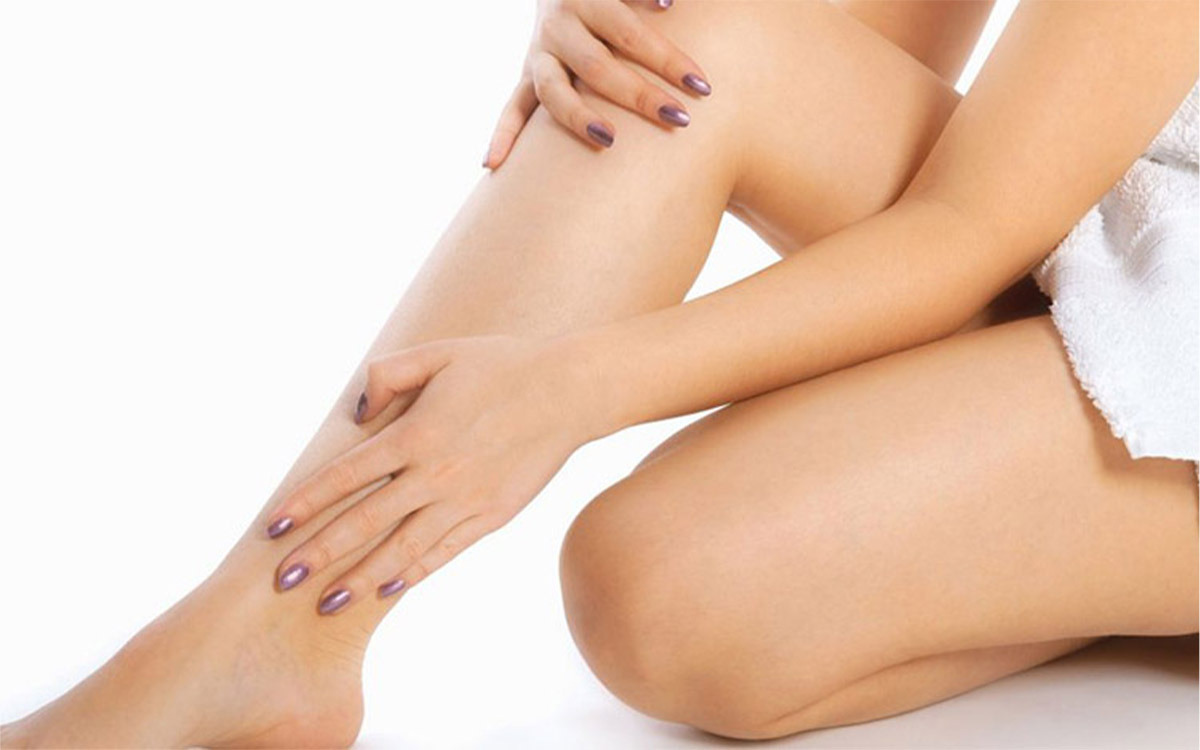Assoc. Prof. Dr. İlker Kiriş
Cardiovascular Surgery

The term phlebology refers to analyzing and treating the disorders affecting the veins (Greek: phlebos = vein, blood vessel). According to a study by the World Health Organization (WHO), vascular problems are among the most common diseases in the world. Vein disorders in the legs are one of the oldest illnesses suffered by humanity.
"Aesthetic phlebology" includes methods for treating venous disorders and varicose veins without any surgical incision and scar. Until the early 2000s, classical varicose vein surgery has been applied as the only interventional treatment method for varicose veins. Surgery, i.e. surgical operation, includes the methods of reaching the tissues by cutting the skin. Naturally, there is a risk of infection due to these cuts. In addition, every incision made on the skin includes the risk of scarring to a certain extent. Anesthesia techniques such as general or lumbar anesthesia may require during the operation. After the surgery, the patient may need to stay at the hospital that night. Patient comfort is not as good as it should be after surgery. Finally, the time for the patient to return to daily activities and work is not as short as expected.
For these reasons, "non-surgical treatments of varicose veins" have been developed over time as an alternative to classical varicose vein surgery and have been used more and more widely. Among these techniques are intravascular laser or radiofrequency, medical adhesive, microsurgery, and sclerotherapy. Common features of these techniques are that the treatment of varicose veins is less invasive and evolves to meet the changing patient expectations.
Varicose vein patients' expectations from the doctors who will treat them are gradually changing and increasing. In the past, patients who accepted classical varicose surgery under all circumstances considered it sufficient to remove their varicose veins by surgery and adopted surgical incisions as they are.
Although the patients have high expectations from the treatment, they should also be realistic about their aesthetic expectations. In this context, the patient should be given realistic and scientific information about the treatment and post-treatment process before the procedure. A specific and personal treatment plan should be prepared for each patient. Treatment should usually be gradual. A gradual treatment is in favor of the patient's well-being, and it makes it possible to achieve higher aesthetic results.
Aesthetic phlebology aims to achieve ideal aesthetic results by applying non-surgical varicose vein treatment methods. For this, the patient must be evaluated accurately and in detail before the treatment, and the patient must be informed intensively. Paying the utmost attention to technical details during the procedures also ensures that the intended aesthetic results are achieved.
Finally, medical photo documentation is a very important element in aesthetic phlebology. For this purpose, standard photographs of each patient to be treated for varicose veins should be taken in the polyclinic room or in a room specially created for this purpose, with the same background, the same angle, the same light, and the same patient pose. Before this procedure, a written and signed consent form is received from the patient. These photographs are used to compare before and after treatment and are stored in the patient archive in the computer environment.
Always consult a physician if you notice any changes in your veins. Your doctor will provide in-depth consultation and give information about the appropriate treatment methods. Assoc. Prof. Dr. İlker Kiriş, an expert in his field, will inform you about the most appropriate treatment methods if you contact.
Prices may vary depending on the types of discomfort observed in your veins and the treatment method to be applied. You can find the most accurate information about the treatment fees of varicose disorders in Izmir from Assoc. Prof. Dr. İlker Kiriş by contacting him.

